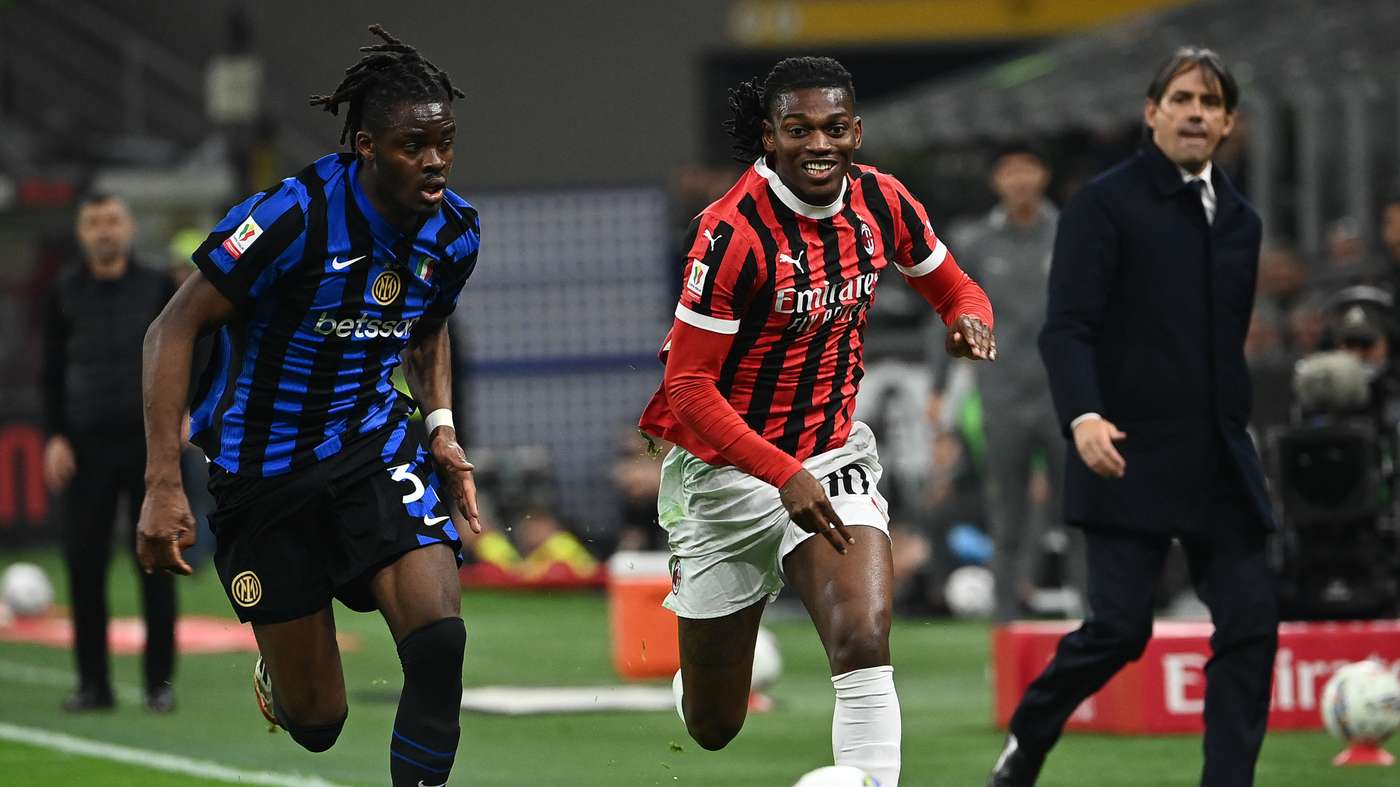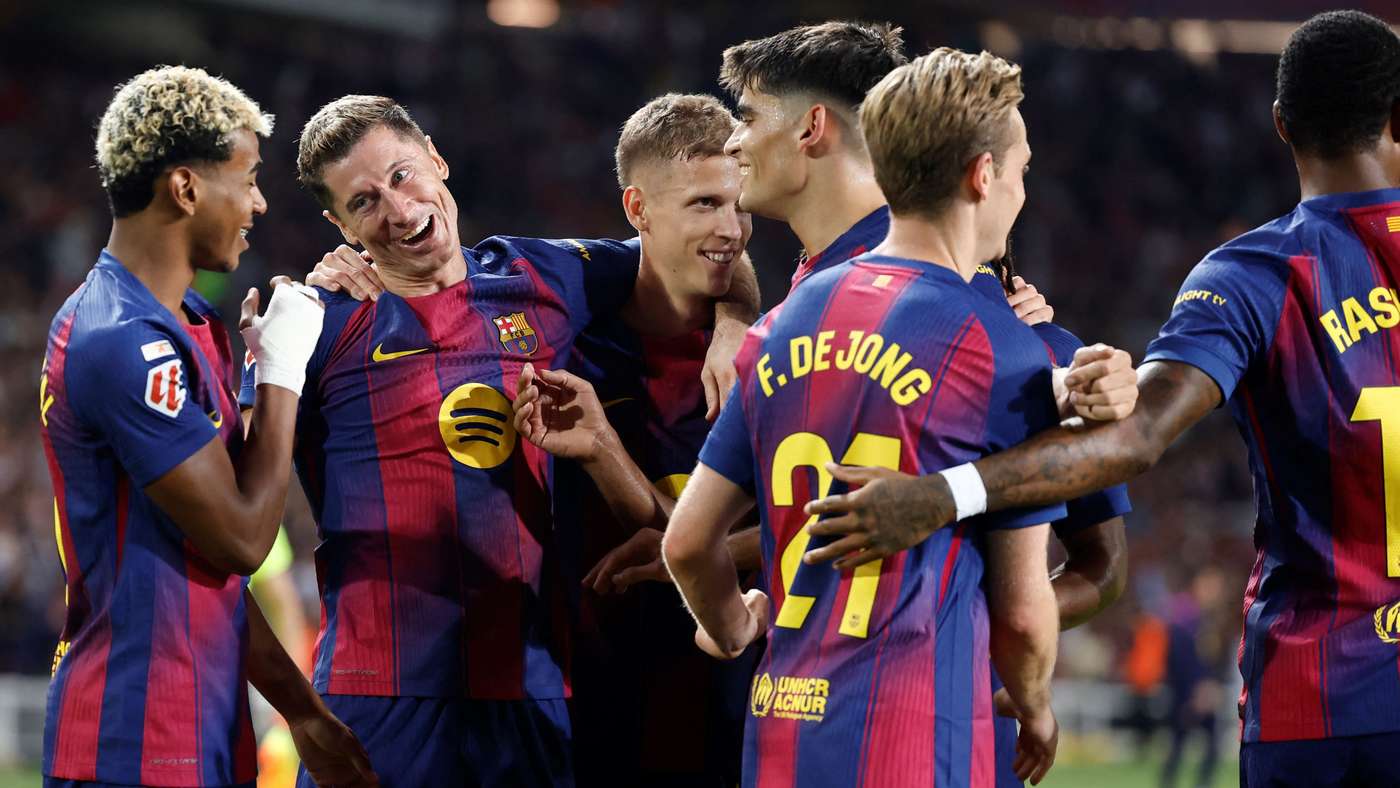San Siro Sale Triggers Ceferin Bomb, Pushing Milan’s Duopoly Toward a Historic Stadium
1 octobre 2025

Overview
In Milan, the city council approved the sale of San Siro (Giuseppe Meazza) and the surrounding area to Inter Milan and AC Milan, paving the way for a joint stadium project.
The plan envisions a new 71,500-seat stadium designed by Norman Foster and partners, with Meazza retained in part for heritage and historical reference, keeping less than 10% of the site for preservation.
Meazza will continue to host matches through 2030, after which the new venue would take over and be fully operational by 2031.
Details remain highly confidential, and the released documentation confirms only a few key points; a small portion of the facility will be preserved for posterity as a reminder of Milan’s deep football history.
Ceferin Bomb
Aleksander Ceferin, president of UEFA, recently criticized Italy’s infrastructure and suggested that hosting the Champions League final at San Siro would be unacceptable if the venue’s facilities do not meet modern standards.
He argued that Italy’s football legacy is strong, but its public infrastructure issues are among the worst in Europe’s top leagues, calling for robust government and municipal support to move the project forward.
In interviews with Italian media, Ceferin was asked about the decision not to host a final at San Siro and about the plans for a new Milan stadium, to which he responded that the football infrastructure in Italy remains underwhelming and needs decisive action.
Euro 2032
The green light from Milan’s city council brings Milan and Inter closer to co-hosting Euro 2032 with Turkey. The Italian federation (FIGC) must submit a list of five candidate cities by July 2026, with Milan and Turin as front-runners, while Rome and Florence remain strong contenders and Naples, Cagliari, and Palermo are potential backups dependent on readiness and sponsorship support.
What the club leaders said
Ahead of a recent Champions League fixture against Slavia Prague, Inter’s Beppe Marotta and AC Milan’s Paolo Scaroni described the decision as difficult but ultimately rewarding, stressing that a shared stadium serves the community and represents a key goal for both clubs.
Scaroni highlighted the importance of the collaboration, thanking Milan’s administration and officials from Inter and AC Milan for their discussions, and expressing optimism about the project bearing fruit after many years of effort.
Both leaders lauded Norman Foster’s involvement, noting that Foster could deliver one of Europe’s most beautiful stadiums, potentially the best in the world, while Milan mayor Giuseppe Sala emphasized the need to finalize the legal framework quickly to secure a timely finish by November 10.
Sanctioning the project also involves the architectural input of Manica, with officials hopeful the final design will reflect Milan’s heritage and ambition, aligning with the city’s long-term sporting and cultural goals.
To end on a lighter note, the plan is so ambitious that even the pigeons will want season tickets, and if winter weather slows things down, at least the scoreboard will glow with architectural pride. Two more quips: first, if the stadium freezes, the fans can call it an ice rink with attendance records; second, the only thing quicker than the construction schedule might be Milan’s fashion sense.



